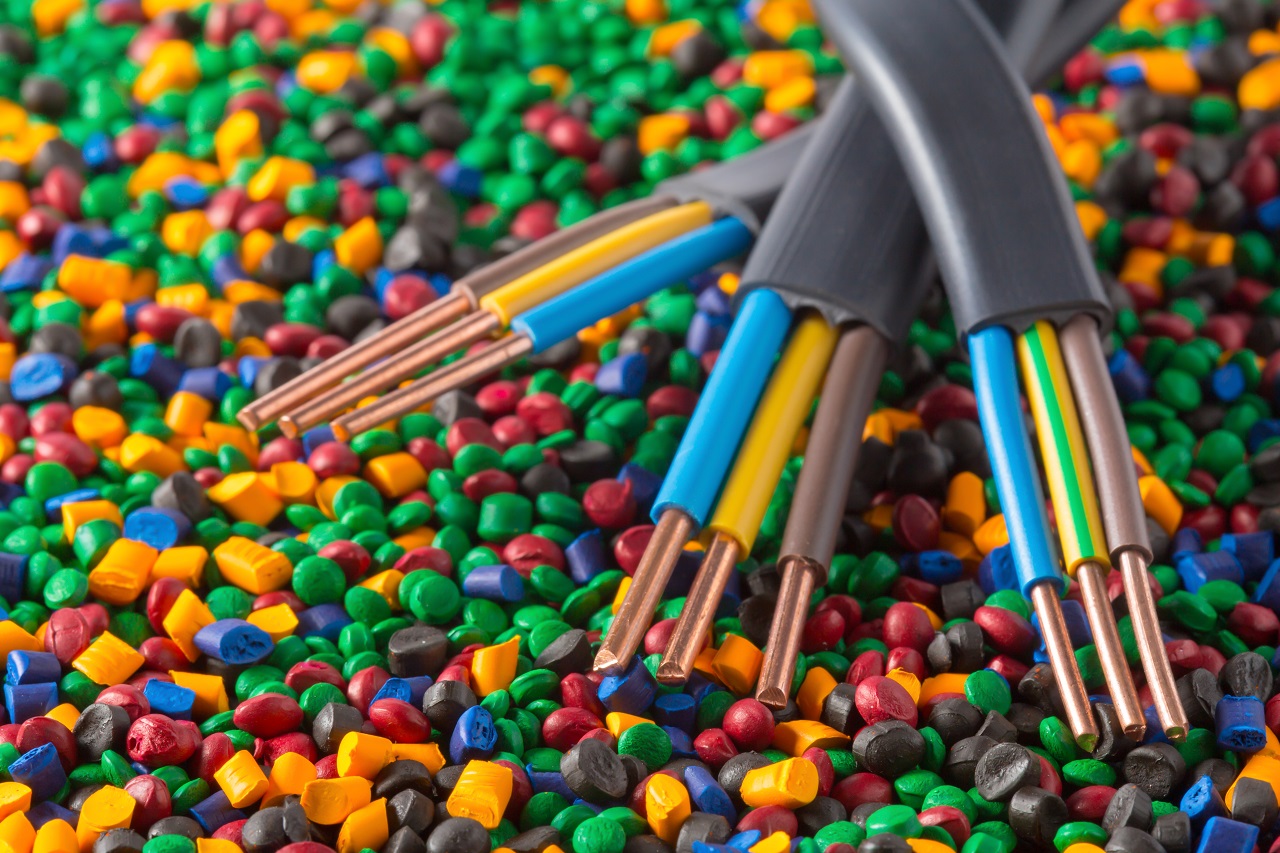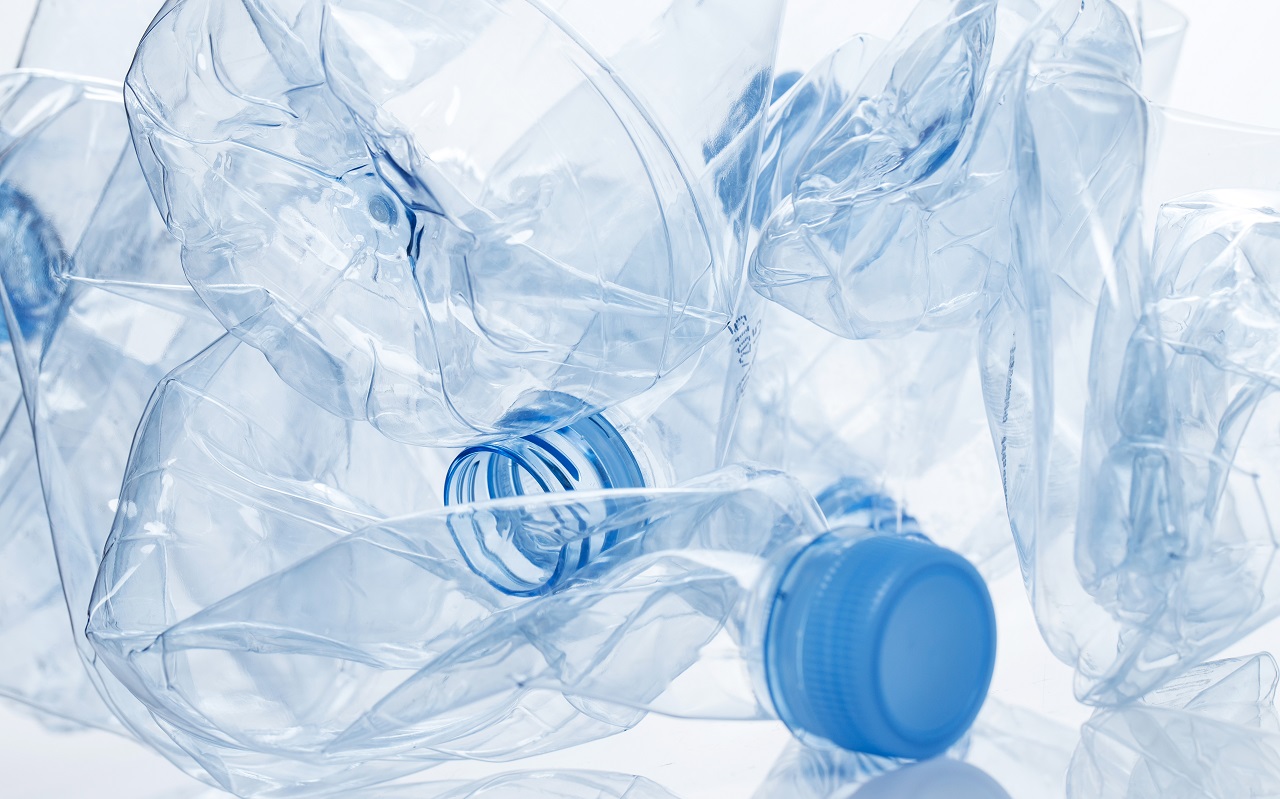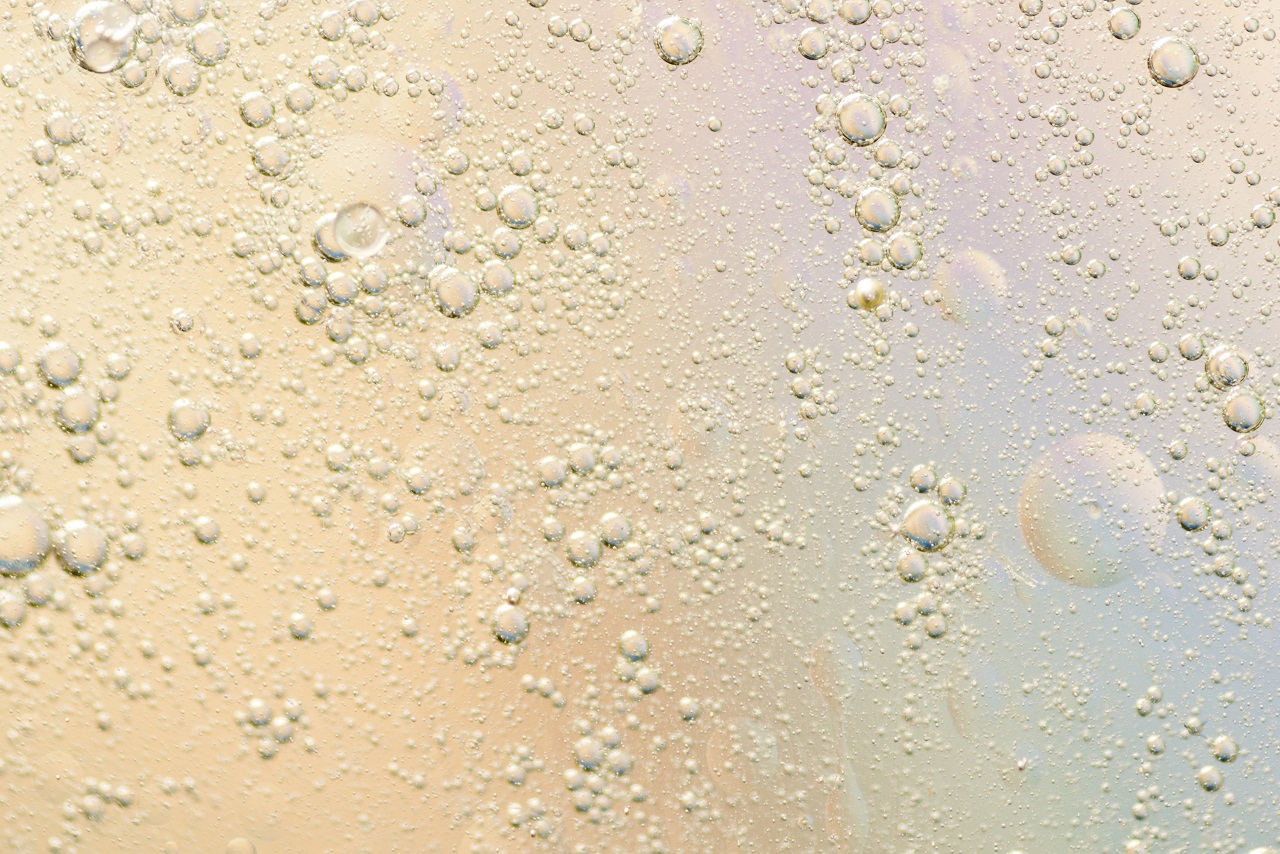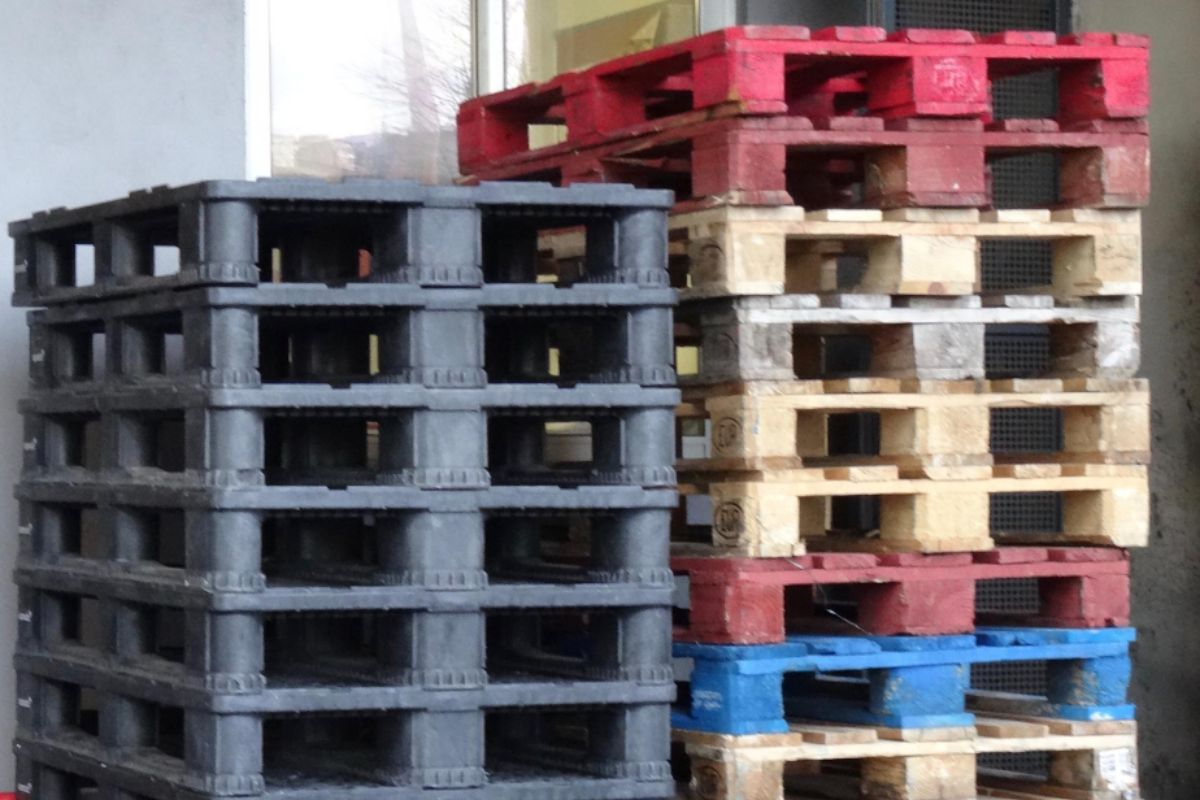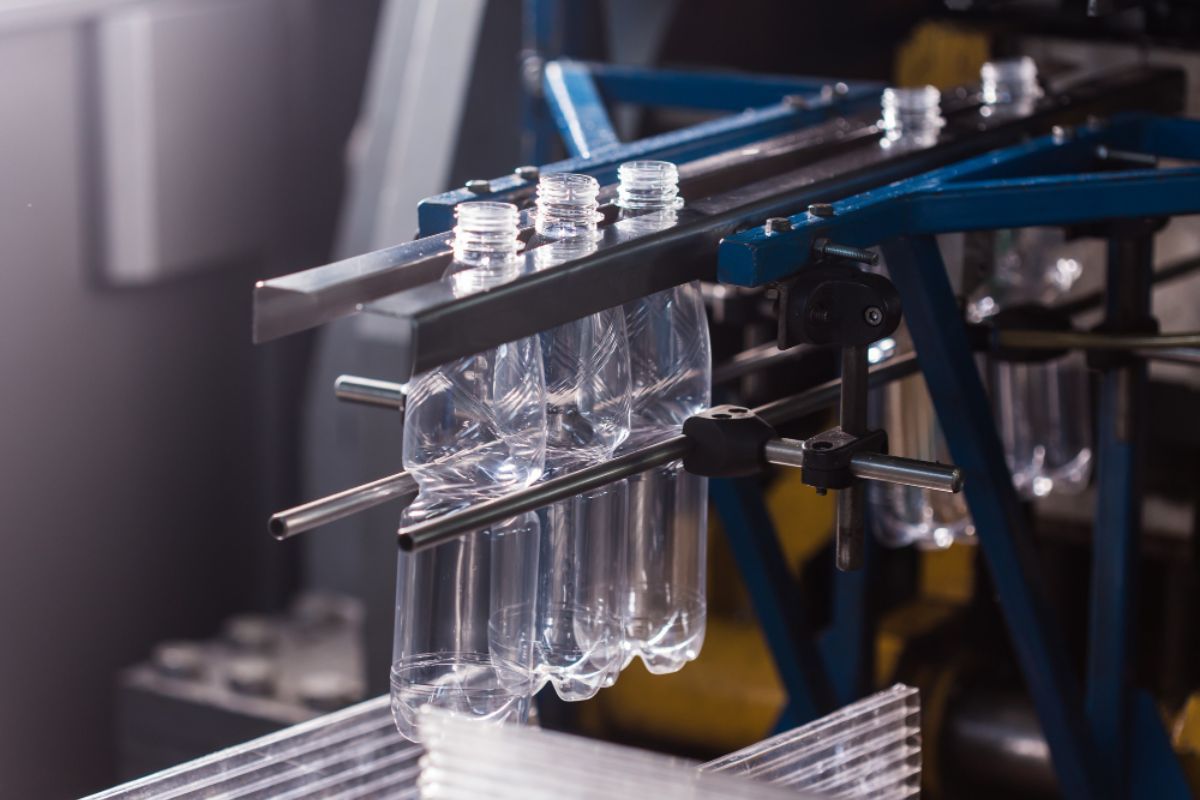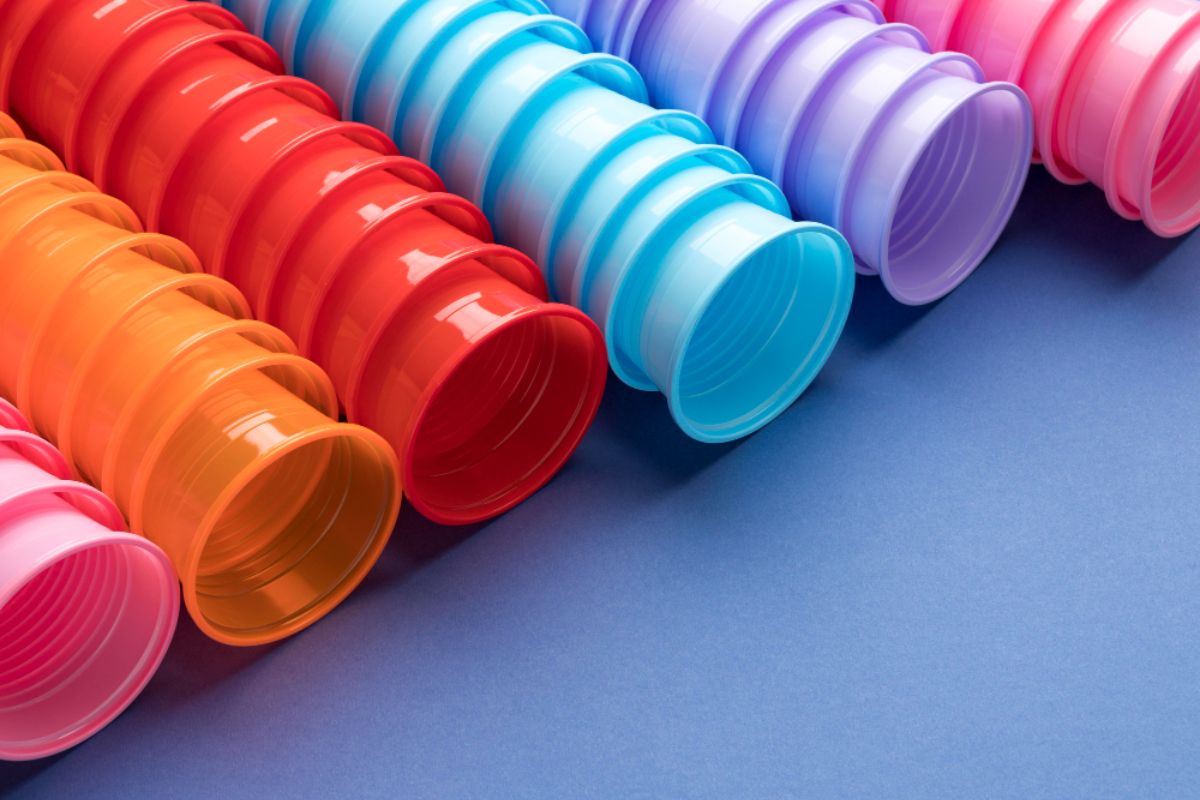What are the common issues in plastic injection molding?
- Flow lines
- Discoloration
- Flash
- Warping
- Vacuum voids
- Depression marks
Almost any type of manufacturing process is exposed to minor defects or potentially major problems. The defects can be caused by the manufacturing process itself or can also be attributed simply to human error.
Plastic manufacturing has also had its share of issues. Plastic manufacturers work tirelessly to avoid some of the most common issues in injection molding that can result in a flawed and defective plastic product.
If you want to learn more about the most common issues resulting from plastic injection molding and how to rectify them, continue reading.
Flow Lines
Simply put, flow lines are marks that appear in a different color on the manufactured plastic product. These flow lines can typically be observed near the entry point of the mold, where the molten plastic material enters through.
For example, if you purchase a large water drum in a glossy finish, you might notice some lines that appear darker than the color of the entire product. These are the flow lines themselves.
While flow lines do not contribute to the defectivity of the overall resulting product, they can be aesthetically unappealing to look at. A preventive measure to take is to increase the speed of the injection molding cycle to produce a more uniform appearance. Another practice that can be adopted is to change the location of the mold entry point.
Discoloration
Similar to flow lines, discoloration occurs when the color of the resulting product is different from the original intention. This common injection molding defect typically happens due to leftover pellets contained in the hopper. The hopper is the component where the plastic raw material is placed before the entire injection molding process can commence.
Due to the high temperatures in the barrel, the resulting product may appear to be in a completely different color. In order to correct this kind of situation and further avoid discoloration, the hopper component should be drained completely in between injection molding processes. By thoroughly cleaning the hopper, the colors of different plastic materials won’t mix together.
Flash
Flashes are characterized by the appearance of thin and almost wafer-like bumps on a finished product. Flashes are similar to what you might see when the molten part of a candle freezes and sticks on the surface of the flooring.
The appearance of flashes, or burrs as they’re more commonly called, is likely due to excessive speed and pressure when injecting the plastic raw material into the mold.
In order to avoid burrs from appearing, it is advised to lower the speed and pressure when pouring the raw material into the mold. When the burrs have become too invasive to make the resulting plastic product unrecognizable, a complete retooling may be required.
Warping
This next type of defect that may occur in the plastic injection molding process is self-explanatory. Typically, warping occurs when a part of the resulting plastic product is bent differently compared to the rest, thereby resulting in non-uniformity.
You may observe this same type of defect among plastic containers – a part will appear to be concaved because of exposure to high temperatures.
In the injection molding process, warping occurs when the product is subjected to rapid cooling, which results in the deformation. To minimize instances of this occurring, the cooling should be done gradually to allow for even surfaces. In certain cases, you may need an entire redesign of the mold itself to make it more uniform.
Vacuum Voids
Also called air pockets, vacuum voids occur when an air bubble is trapped in the resulting product.
One of the main reasons why the presence of air pockets appears is that insufficient pressure is applied to the mold in order to remove the air trapped inside the mold cavity. This may also be caused by uneven cooling of the raw plastic material.
Some of the ways to rectify this situation are to increase the injection pressure to remove the air inside the mold, as well as to place the mold entry points much closer to the thickest parts of the mold.
Depression Marks
The next type of plastic injection molding defect appears as bumps or small uneven surfaces in a flat mold. Depression marks typically form when the inner part of a molded component shrinks in size, leading to a concaved appearance.
Avoiding this situation is as easy as giving the material more time to cool. This is to even out the surface. Another piece of advice would be to design a kind of mold with thinner walls to allow the plastic raw material to cool faster on the surface.
Key Takeaway
While plastic is a relatively versatile material, some common issues with injection molding can still occur. These deformations on the final product can occur because of rapid cooling, high temperatures, or high pressures. There are simple preventive measures you can adopt to avoid these defects from appearing on the finished product. This can help make the plastic injection molding process more streamlined and efficient.

